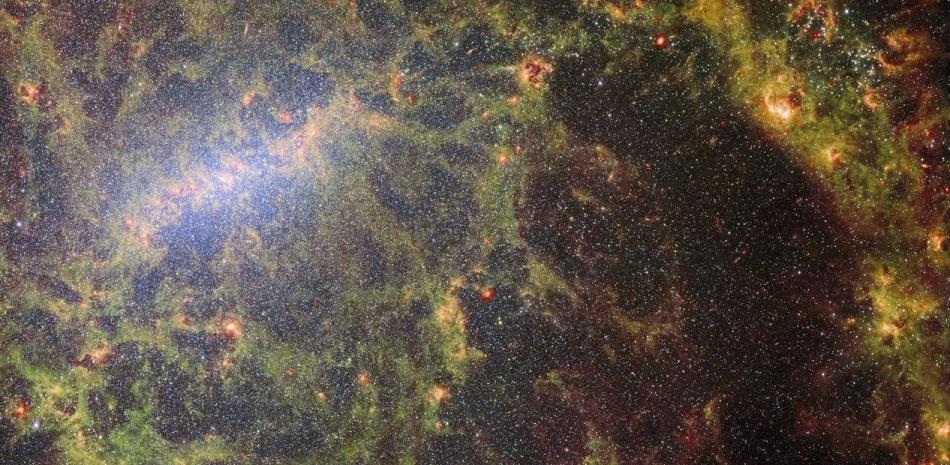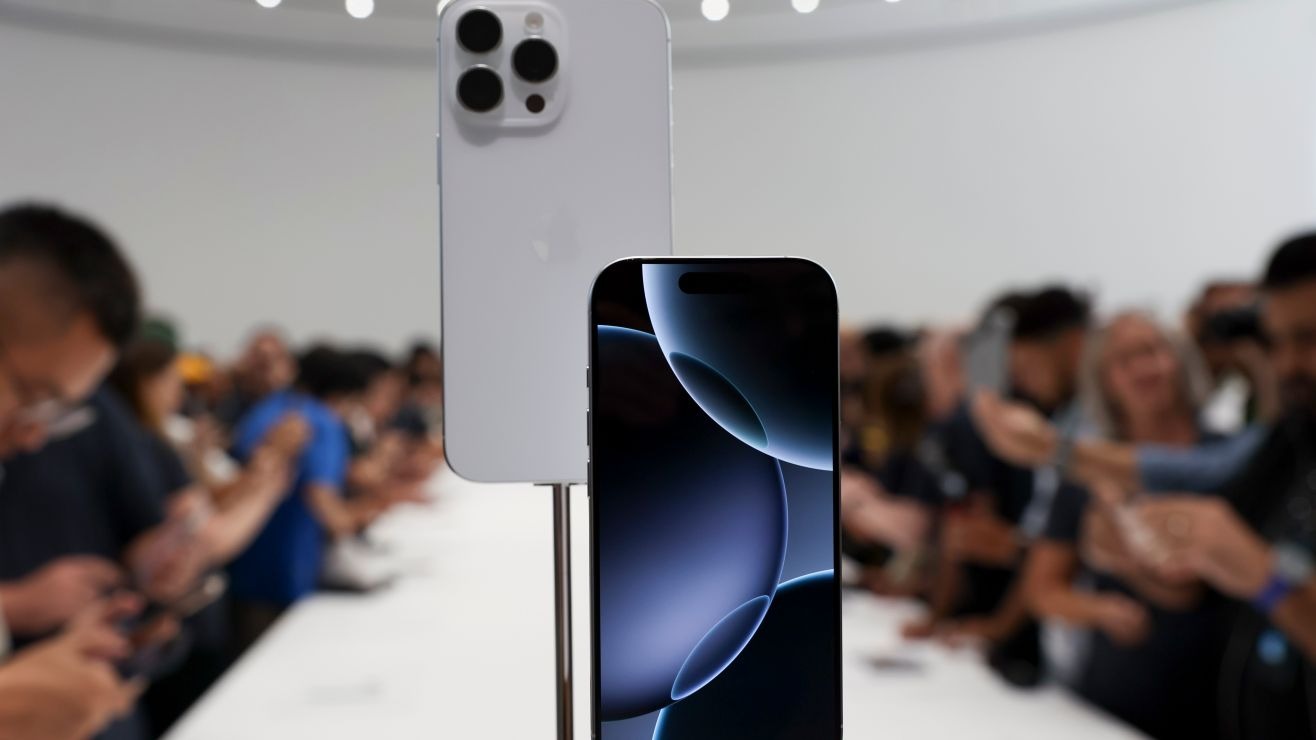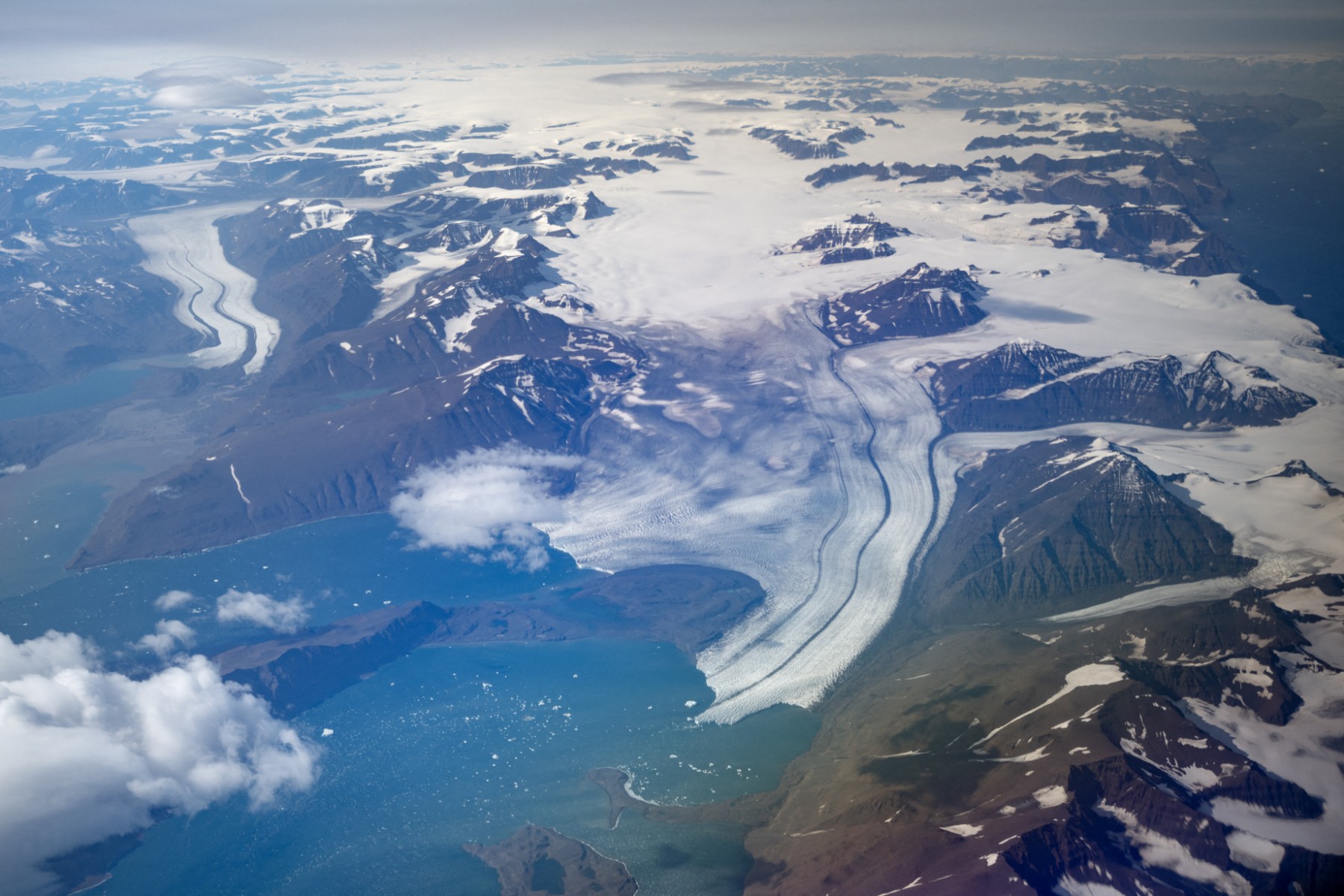July is a month with a lot of cosmic activity, and at the end of the month it has a gift for us: a double meteor shower.
About 'Southern Delta Aquarites' meteor shower, It reaches its maximum activity at the end of July. This year it will coincide with a second, smaller meteor shower. 'Alpha Capricornids'.
The 'Delta Aquarites' occur in late summer every year in North America. This year's peak action will take place in the early hours of Tuesday, July 30. 15 to 20 meteors are visible per hour in the Northern Hemisphere Under a dark sky.
While in the Southern Hemisphere, the focus is even better. According to American Meteorological Society, Rain will continue till August 21.
At the same time, the 'Alpha Capricornid' meteor shower was five meteors per hour and Lasts till August 15.
Here's what you need to know about the 'Delta Aquarites' and other meteor showers.
What is a meteor shower?
There are so many meteor showers every year that you don't need any special equipment to see them.
Most meteor showers come from the remnants of comets. 'Delta Aquarites' is believed to come from comet 96P/Machholz. 'Alpha Capricornids' comes from comet 169P/NEAT.
When rocks from space enter Earth's atmosphere, air resistance makes them very hot. It lights up the air around them and briefly leaves a flaming tail behind them: What we commonly call “Shooting Star”.
Pockets of glowing air surrounding fast-moving space rocks, a dust particle or rock up to 10 inches in size, They are visible in the night sky.
These two meteor showers are not large in size, but the 'Alpha Capricornite' shower usually produces very bright meteors, said Dan Polacco, an astronomer at the University of Warwick.
He said, “One bright (star) is worth 20 dim (stars)” to sky watchers.
How to watch the meteor shower at the end of July?
Meteor showers are usually more visible Between midnight and dawn.
Away from the city lights, it's easy to see shooting stars under dark skies. Meteor showers are also brighter on clear nights when the moon is waning.
If you're not looking at your phone, your eyes are better suited for seeing meteors. “It destroys your night vision,” says Bill Cook of the National Aeronautics and Space Administration (NASA).
The Southern Hemisphere will have the best view of 'Delta Aquarits'. Clear vision will occur after midnight when the Moon is 30% full and waning.
When is the next meteor shower?
The Meteorological Society maintains an up-to-date list of upcoming major meteor showers, including peak viewing days and lunar phases.
The next major meteor shower is the Perseids, which reach It peaks in mid-August.
When and where to see the Geminid meteor shower?





:quality(85)/cloudfront-us-east-1.images.arcpublishing.com/infobae/KTKFKR763RBZ5BDQZJ36S5QUHM.jpg)